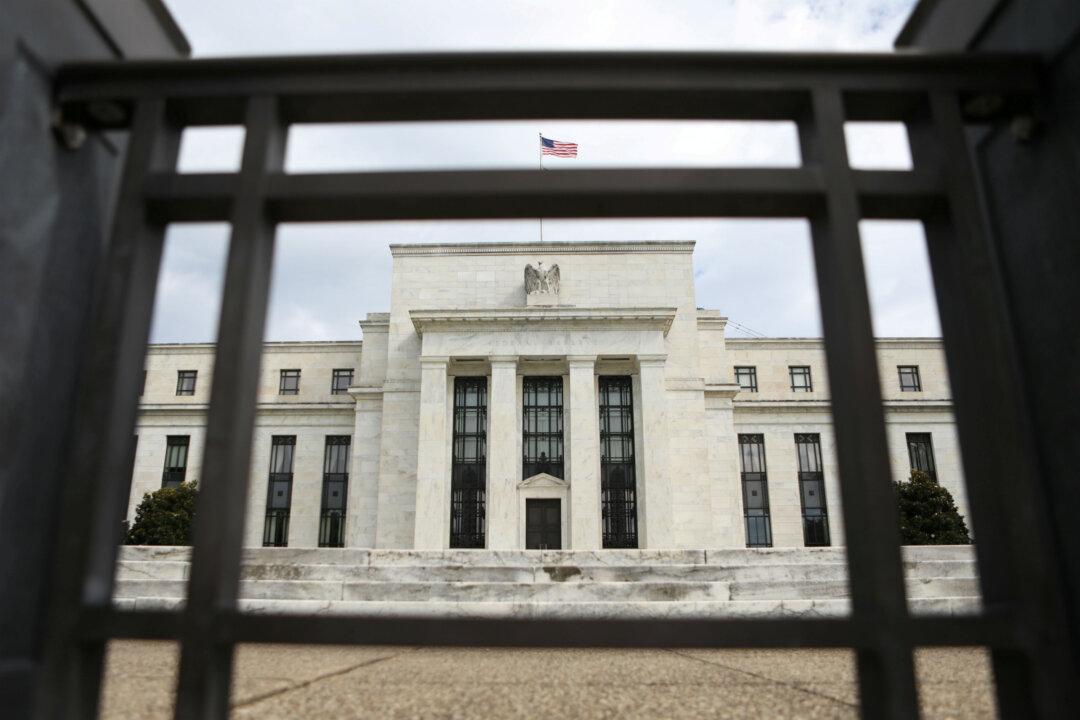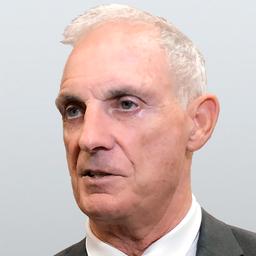The U.S. Federal Reserve cut the short-term fed funds interest rate by a quarter percent and added to its first overnight liquidity injection since the global financial crisis after panic in the bank repo market sent overnight borrowing costs to 10 percent.
Federal Reserve Chairman Jerome Powell, following a two-day Federal Open Markets Committee meeting in Washington DC, announced on the afternoon of Sept. 18 that the Fed had cut the short term federal funds rate by a quarter percent. Powel stated that the Fed’s extraordinary repo action on Sept. 17 was meant to address “upward funding pressure.”





